|
In Sanskrit, the primary definition of the term Yoga is the state of union with the Divine or the experience of oneness with the great Reality. Yoga, therefore, represents the experience of Truth, the consciousness of Reality, the union with the Divine. There are also secondary meanings of the term Yoga. Yoga is also a set of scientifically evolved and intelligently formulated practical techniques enabling man to shed himself of all the impurities imposed upon him by the nature of his body, mind and senses, and aiding him to concentrate his thoughts entirely upon the Supreme. Thus Yoga means anything that man may do to purify his lower nature, to restrain his senses, to direct his mind towards God, to come into a deep interior level of worship of the Divine and finally to realise his eternal oneness with the Divine Consciousness. The application of yoga is universal. It may be applied within the religious framework. Yet it clearly transcends religion. It is supra-religious, far beyond any dogma or doctrine. The extent and duration of its applicability is commensurate with the whole of humanity for all time. I shall attempt to show you the significance that Yoga holds for everyone in this great and eventful twentieth century. First and foremost, Yoga is not mere acrobatics. Some people suppose that Yoga is primarily concerned with the manipulation of the body into various queer positions, standing on the head, for instance, or twisting about the spine, or assuming any of the numerous odd poses which are demonstrated in the text-books on Yoga. These techniques are correctly employed in one distinct type of Yoga practice, but they do not form an integral part of the most essential type. Physical posture serve at best as an auxiliary, or a minor form of Yoga. Secondly, Yoga is not the performance of magical feats. I mention this especially because among the many misconceptions that abound about Yoga, this one is due to certain pretensions which have been made by fake Yogins—pseudo-Yogins. Anything that is good is all too easily corrupted by perverted people. At all times in the history of the world this has happened. Behind the deliberate mystification of things pertaining to Yoga there lies a selfish motive. Unfortunately, the distortion of this true science is the consequence. It will not be out of place, therefore, for me to tell you frankly and clearly that not all that has been put across as Yoga is really Yoga. Yoga is certainly not magic, nor is it the performance of any extraordinary or unusual mystical feat. Neither is Yoga 'Fakirism', the impression that is obtained by many tourists and travellers, especially by news-people who, with a strong preference for the sensational and the fantastic, have managed to create the fantastic idea that Yoga is some form of self-torture—lying on a bed of nails, burying oneself underground, chewing or swallowing pieces of glass, drinking acid, swallowing nails or piercing oneself with pins and needles. This has nothing to do with Yoga, and real Yogins have nothing to do with all this. Neither is Yoga any weird ceremonial or peculiar rite. It is not hedonism. It is not paganism. It is not palmistry. It is not prophesying. It is not astrology. It is not thought-reading, nor is it the dispensing of charms to ward off evil spirits or 'possessions'. None of these is Yoga. If people call themselves Yogins and then explain their Yoga by exhibiting any of these unusual feats, then they are misusing the term Yoga. Yoga is not auto-hypnotism or self-hypnosis. It is not doing of incantations or by the monotonous performance of gestures. Yoga is not experiences like those obtained by taking lysergic acid or mescalin or peyote (of Mexican origin) or divine mushrooms. These experiences are not Yoga, nor are they products of Yoga. Neither is Yoga a religious cult. Certain Eastern concepts do lie behind it. This is true. But these concepts do not have anything to do with the evolution of the science Proper. Yoga is comprised of highly evolved and practical techniques which may be applied by persons of any race, nation, caste, creed, church or sect. As philosophical definitions were being formed and as religious concepts of the Hindus were being formulated, the science of Yoga was evolved. Certain metaphysical concepts are peculiarly Hindu and Eastern, but Yoga which is separable from its philosophical and metaphysical background, is a science of universal and practical value. Yoga is essentially a spiritual matter concerning spiritual methods. It is an intensely practical approach towards the realisation of the supreme Reality, the very Centre of all life—God. And it is the heritage of all humanity. Worshipful Gurudev Sri Swami Sivanandaji Maharaj used to tell a beautiful parable regarding the importance and truth about Yoga: There was a big tree in a jungle. On the top of a branch there was a very big honey-comb. But the ascent to the top of the tree was difficult. One had to cut steps on the trunk of the tree and ascend; but that demanded great patience and intelligent work. A slender creeper entwined that tree and reached up to a great part of the height. It appeared to be strong, though it perilously dangled in the air. A greedy man, desirous of possessing honey, without much effort, began to ascend the tree with the sole help of the creeper. He was too lazy to cut steps on the trunk of the tree and thought that the creeper was strong enough to take him to the top. When he was a few feet above the ground, a violent wind broke the creeper and the man fell down and fractured his limbs. Similar is the case with those who try to ascend the tree of Yoga (Divinity), in order to drink the honey of Moksha, with the help of the creeper of Kamya Karmas (actions with selfish motives and desires) through short-cut paths. The path of Yoga lies along the trunk of the tree of Divinity. You have to improvise steps on it, with some effort, which is Sadhana (spiritual practices). You have to ascend step by step, starting with Yama, Niyama, Asana, Pranayama, Pratyahara, Dharana, Dhyana and then reach the pinnacle of Samadhi. There is no short-cut to this. You cannot evade this responsibility. If, on the other hand, you climb with the help of Kamya-Karmas,—though they, too, appear to be strong,—they will not take you to the heights of Yoga. When the wind of selfish desires, greed for the things of this world and the pleasures of heaven, blows, this creeper of Karma will break and you will have a terrible fall. O man! Selfish works will not lead you to the Goal of Yoga. Only unselfish works will help you. Sadhana means something much sterner. You have to ascend the top through the hard way. But once you reach the top, you will drink the nectar of Immortality and Eternal Bliss. There are various systems of Yoga which I shall now briefly describe. The first is the intellectual system in which man employs his human faculties in a supreme exercise: the realisation of the Truth. This is known as Jnana Yoga or the Yoga of Intellect. One listens to the expositions of the nature of God, acquires an understanding of the Reality, then by reflecting upon it again and again, ultimately, one penetrates into it through the power of reason in the depths of meditation. The second system is known as Bhakti Yoga or the Yoga of Devotion or Love. This is a very sweet path, one which is peculiarly suited and easily adapted to the emotional temperament. One grows into close relationship with the Supreme Being by constantly thinking about Him, praying to Him, worshipping Him, feeling Him close, so close that one naturally walks with Him, talks with Him, lives, moves and has one's being in Him. A link is set up whereby pure love is directed to God. In this exercise, the human being becomes totally integrated. In the third system, all phases of life's activities are dedicated to God. On an unselfish basis, man's duties are thus integrated. This is known as Karma Yoga or the Yoga of selfless service. The prime and crucial act in this system is the shedding of the ego. When the personal ego is completely abnegated, all creatures upon earth are clearly apprehended as visible manifestations of God, as moving temples in which the Divine is enshrined. The service of others then becomes natural and easy, and every act is performed not as a secular act, but as an act of worship. Engaged in the transmutation of dynamism into divine realisation, one may do his worship everywhere. The teacher in the school, the doctor in the hospital, the farmer in the field, the businessman in the stock-exchange, everyone engaged in professional activity, can transmute his dynamism into pure devotion by adopting a humble and worshipful inner attitude. In the fourth system, man is employed in a very special process in which all thought is made to merge in God. One becomes more and more aware of God as the Centre of being. This is a very beautiful path also. It is known as Raja Yoga or the Yoga of Concentration and Meditation. Thought is movement of the mind-stuff. Movement of the mind-stuff is produced by motion of the vital-life, force within called Prana and by movement of the body. Thus, thought, Prana and the body are all interconnected. Total subdual and control of the body may be brought about by keeping it in a fixed and steady posture. Subdual and control of the inner psychic energy may be obtained by practising techniques of breath-control. And ultimately, all the scattered rays of the mind may be withdrawn from the multifarious universe and made to concentrate solely upon the one idea of God. In this culminating process, man is raised above the level of the mind, taken into a state of superconsciousness in which the experience of oneness with God is realised, and he is released forever from the bondage to the body and from death itself. There are many heartening signs that this Yoga is being considered by many seekers in the West to be the most suitable method for the solution of the perplexing problems of their civilisation.
|
|

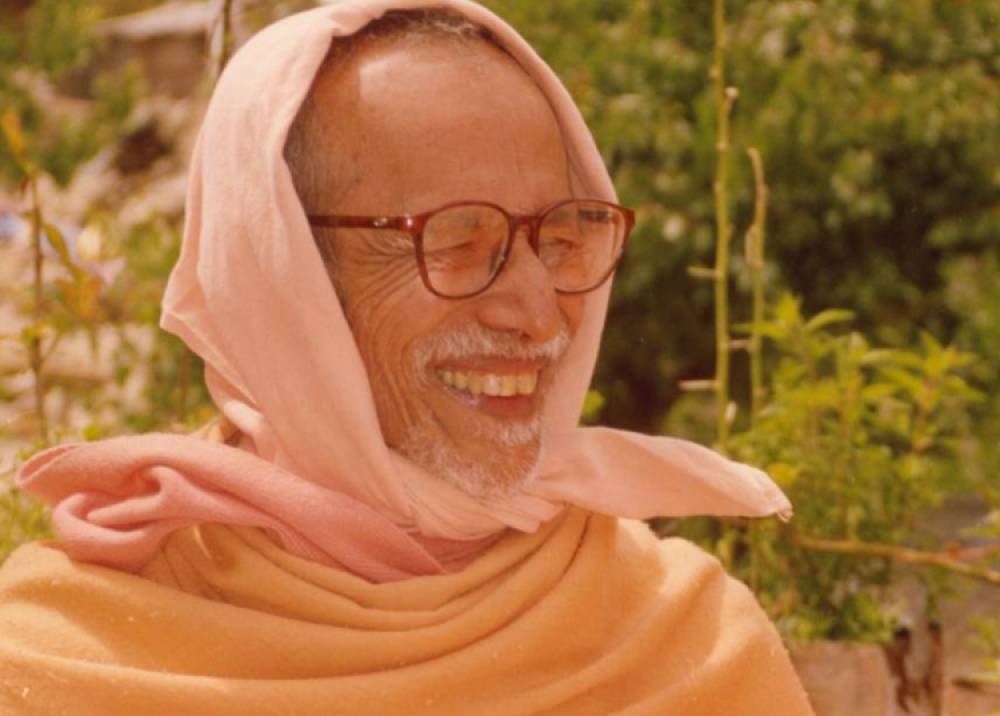
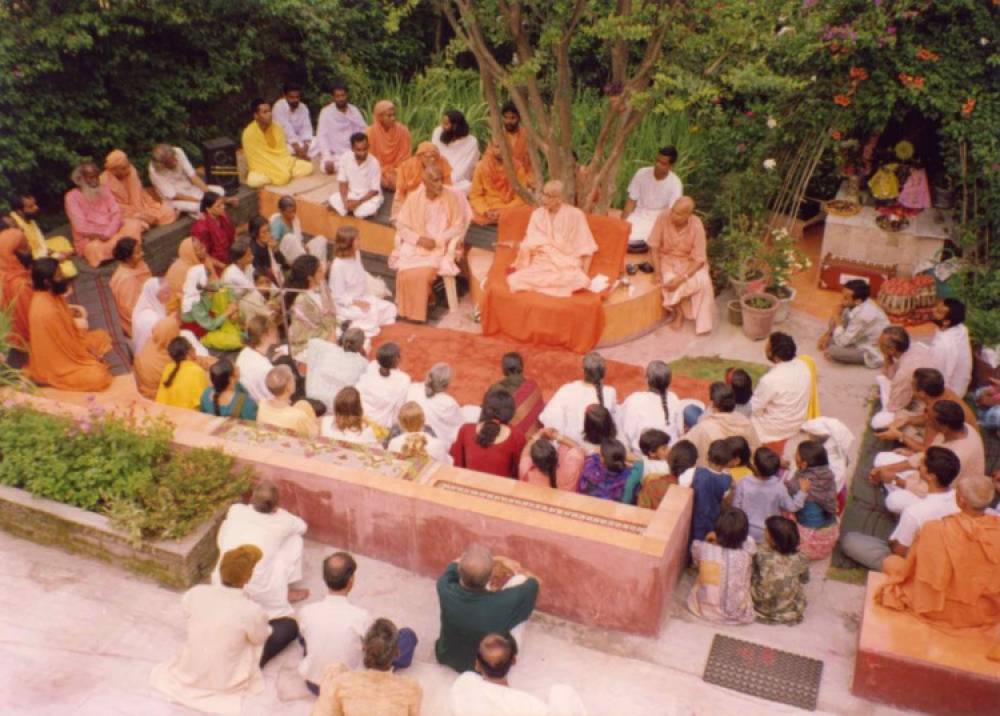

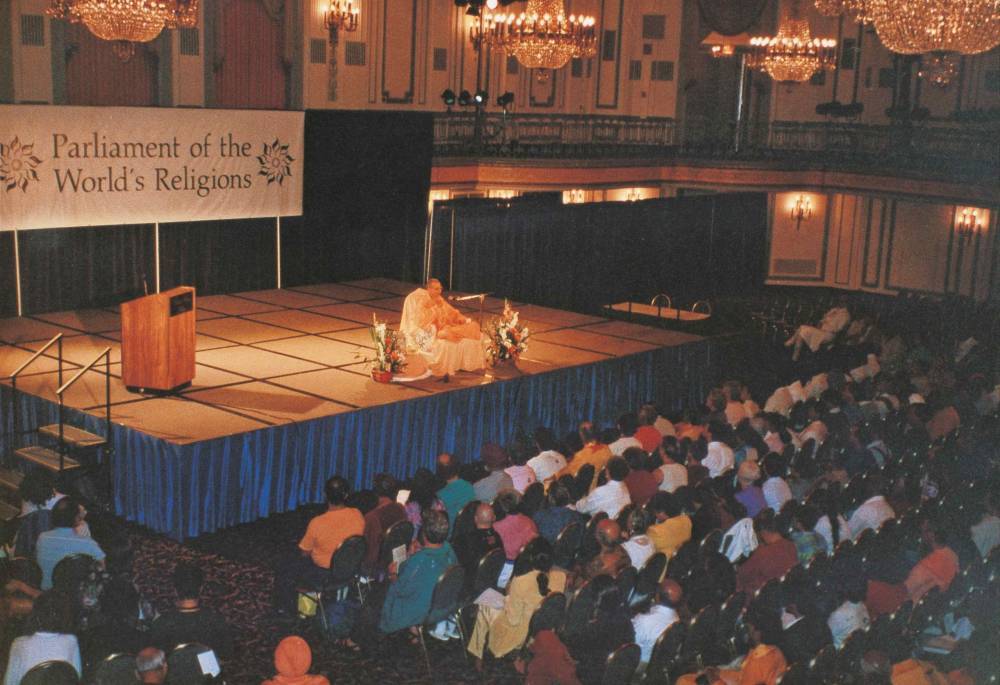
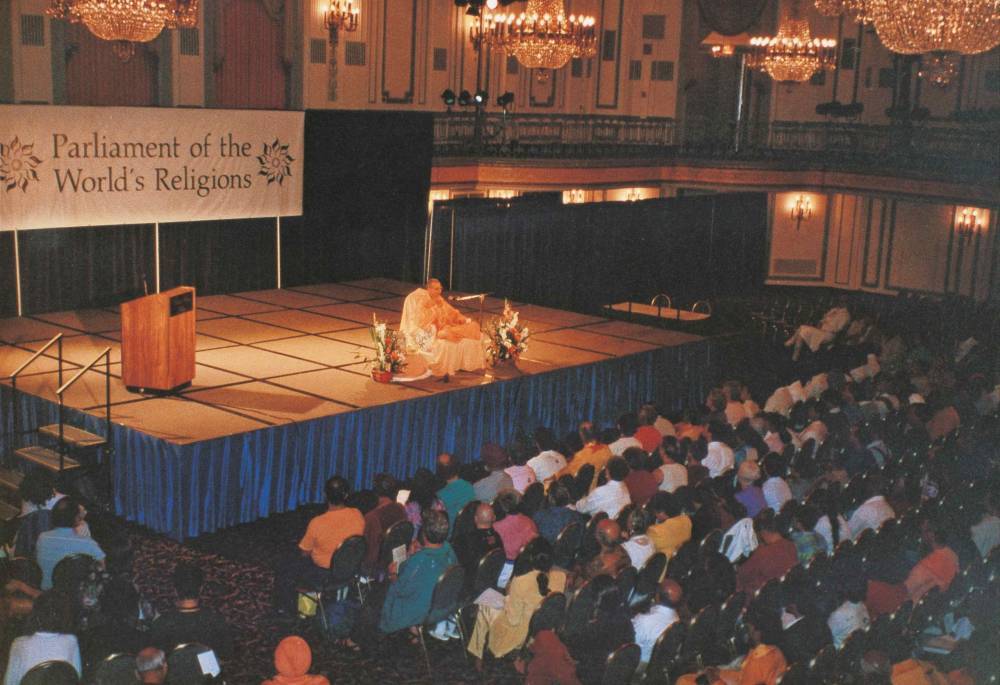
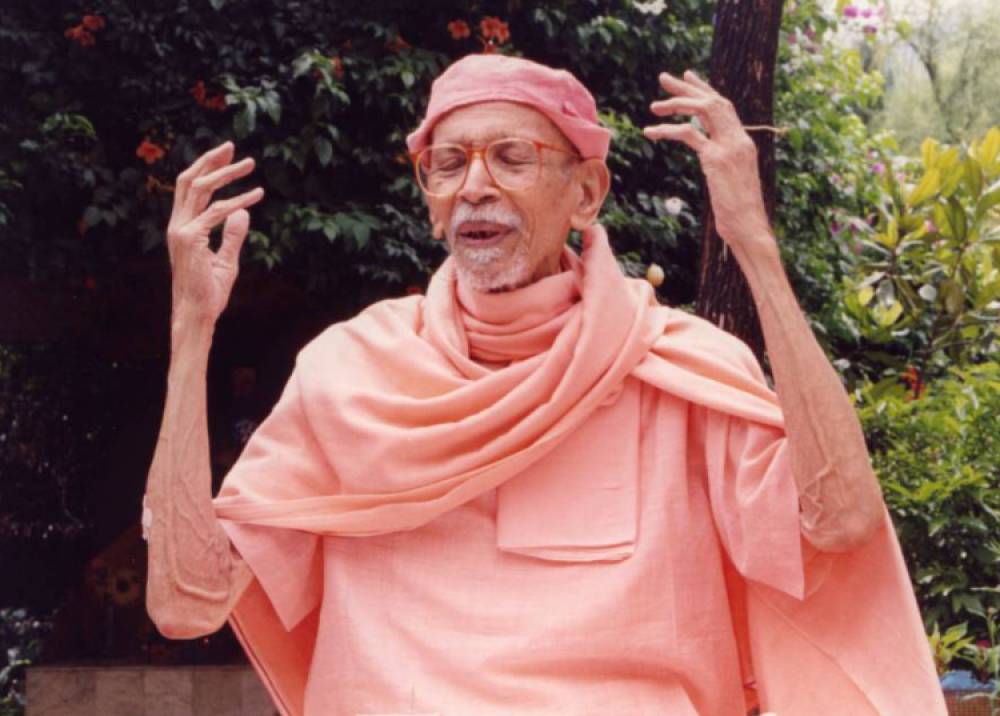

No Comments found. Be first to comment